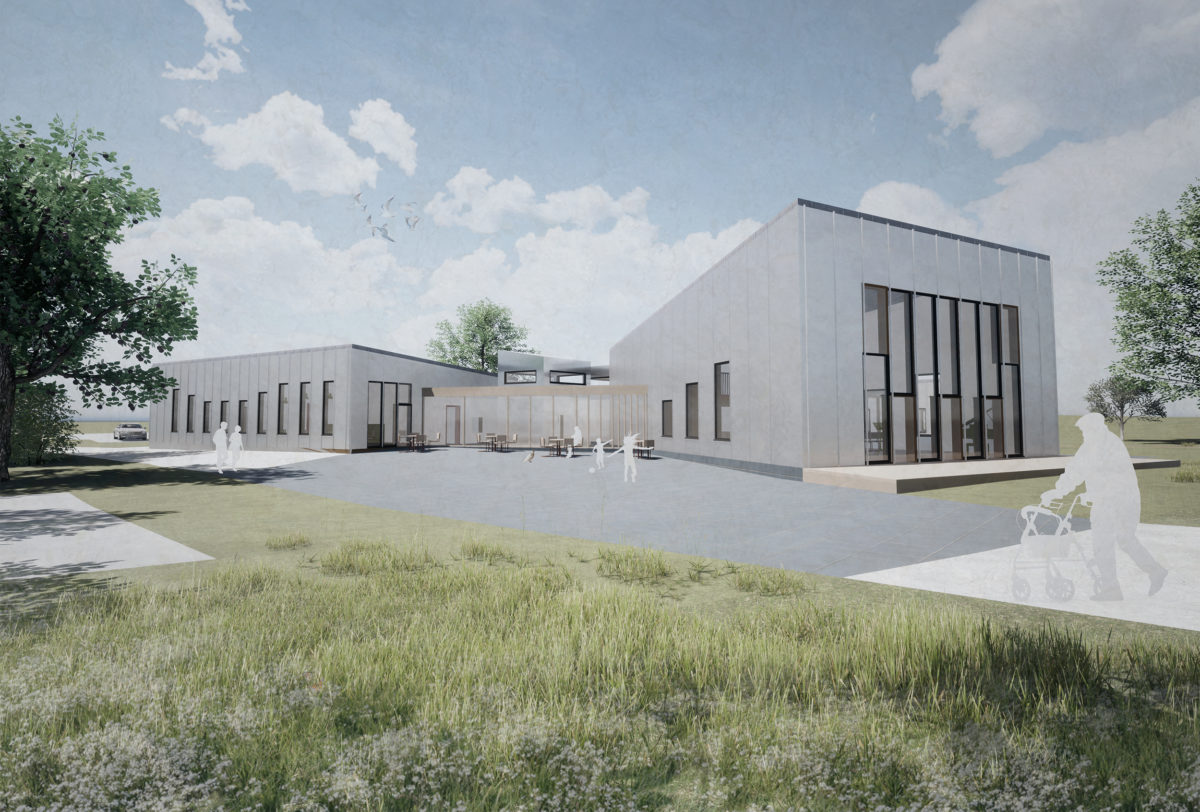2. Background
Music therapy is led by a music therapist and can include both individual and group sessions. It can be divided into the following four categories:

Receptive music therapy: the client listens to music in order to draw out an emotional response. Goals can be to relax or stimulate the person, or to make someone remember and reflect on their memories.
Re-creative music therapy: includes repeating a predetermined musical piece or form. Some goals for this can be to develop sensorimotor skills or to experience and release feelings in a safe environment.
Improvisational music therapy: the client improvises and makes up what to play him-/ herself. Common goals for this type of therapy are to establish non-verbal communication and develop cognitive and perceptual skills.
Compositional music therapy: is usually done in groups where the clients compose music together with a music therapist. Some common goals are to enhance self/esteem, provide choices for decision-making and externalise thoughts and feelings.
Today music therapy is used in multiple areas in society, such as rehabilitation, healthcare, psychiatry and palliative care. The clients do not need to be knowledgeable or talented in music in order to benefit from music therapy as musical achievements never are the primary goal for music therapy. Goals instead depend on the client’s needs and situation.
There is a wide variety of clients that can experience beneficial results with this treatment form. Some examples are people with autism, dementia, aphasia and psychological issues.
